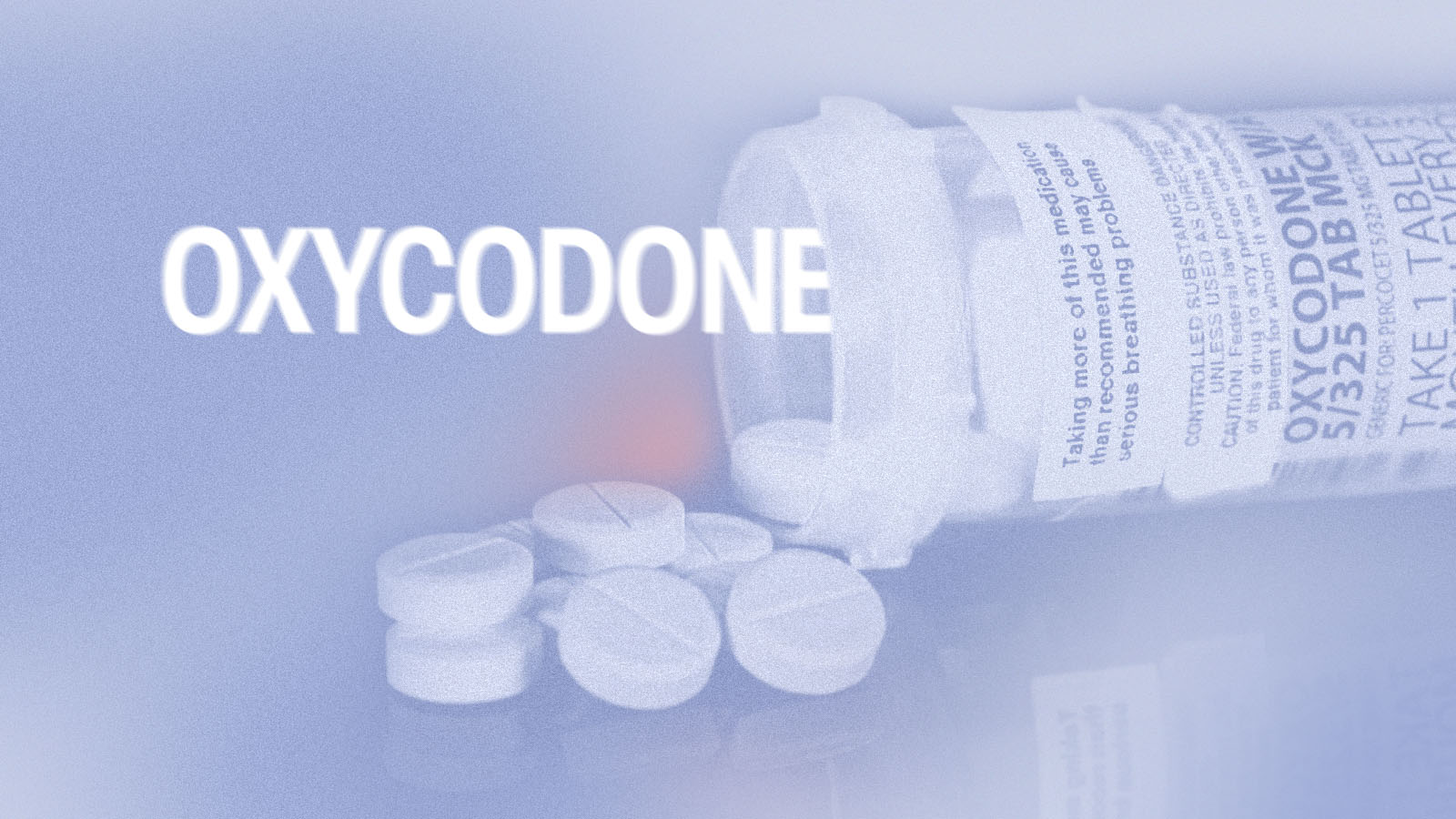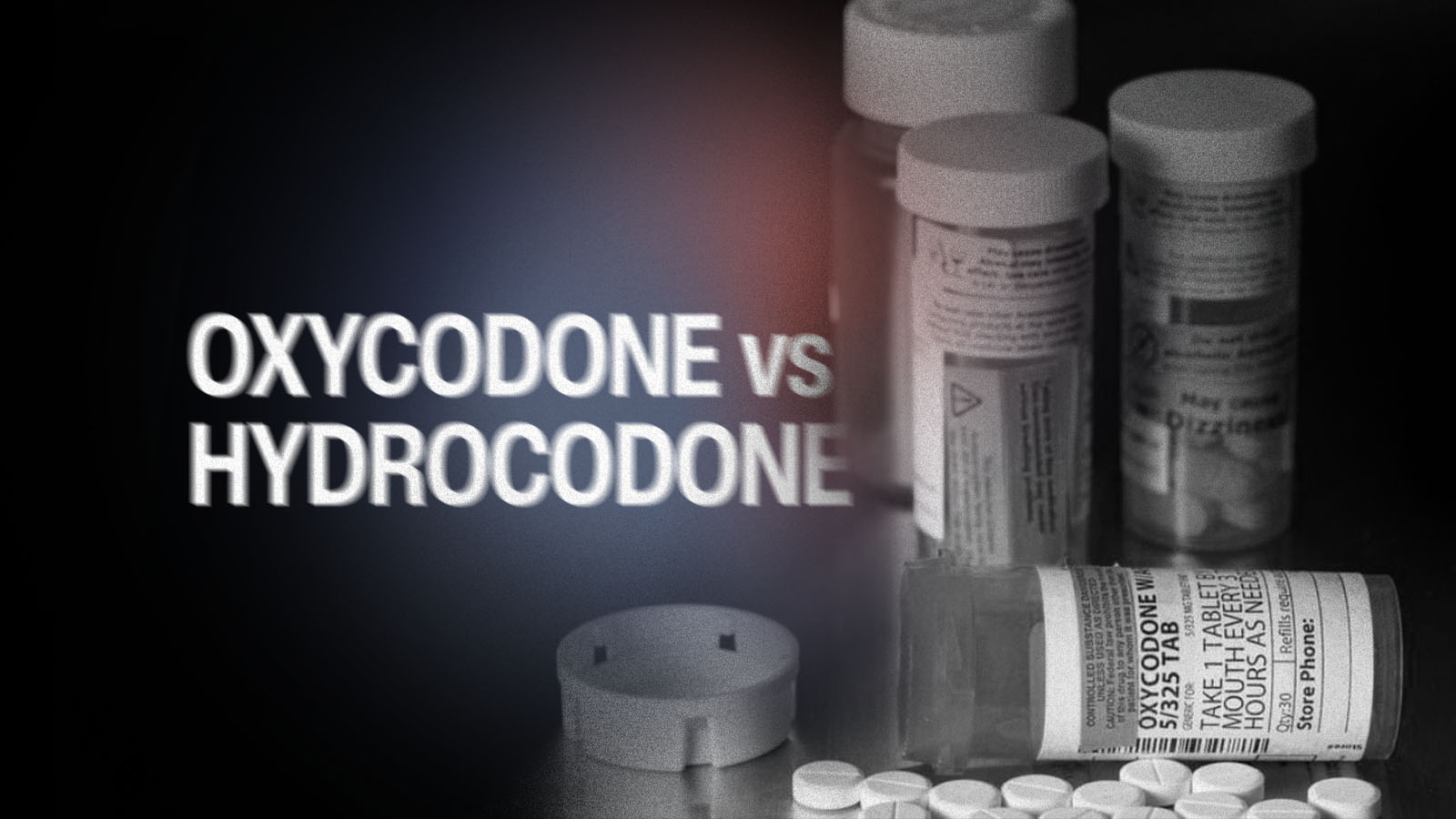Oxycodone is an opioid known for its high addictive potential. A semi-synthetic narcotic, it works by attaching itself to the brain cells' opioid receptors, reducing pain and creating a sense of pleasure. Unfortunately, that pleasurable sensation makes oxycodone very likable, raising the risk for opioid use disorder (OUD). When those pleasurable sensations start to fade, individuals may seek more of the drug and rapidly build tolerance and risk of debilitating withdrawal.
But just how long do the drug's effects last—and how long does oxycodone stay in your urine, blood, hair, and saliva? We give you the facts below.
How long does oxycodone last?
Oxycodone has historically been prescribed for pain relief and sold under a number of brand names, including OxyContin®, Percodan®, Perloxx®, Taxadone®, Xolox®, and Roxicet®.
These medications contain oxycodone as an active agent—but shouldn't be confused with the drug oxycodone itself. For example, Percodan combines oxycodone with aspirin, while Roxicet combines it with acetaminophen to reduce abuse potential and enhance analgesia.
Here, we talk specifically about oxycodone, the actual drug found in medicines like OxyContin.
Oxycodone comes in two formulas: immediate-release and long-acting, also called extended-release, sustained-release, or delayed-release. Immediate-release formulas can start to work in as little as 10 to 30 minutes, while long-acting formulas generally take effect in 60 minutes.
So, how long does oxycodone last? A drug's lasting power is measured by its half-life, or how long it takes half the drug to be eliminated from the body. The half-life of oxycodone is approximately 3.2 hours for immediate-release formulas and 4.5 hours for time-release formulas.
However, the precise half-life varies based on a person's weight, metabolism, and liver function.

How long does oxycodone stay in your system?
Individual characteristics, like a person's metabolism and weight, also influence how long oxycodone can be detected in a person's body through common drug tests.
That said, there are some general benchmarks you can refer to when determining how long oxycodone is detectable in the body. Here's a breakdown of how long oxycodone stays in your system according to drug test type:
- Blood test: Up to 24 hours
- Urine test: Up to 4 days
- Saliva test: Up to 4 days
- Hair follicle test: Up to 90 days
Again, these numbers are approximations, not exact rules. Factors influencing detection time include a person's age, sex, kidney and liver function, and metabolism—as well as how long they've been using oxycodone.
The body can build up oxycodone stores over time, so if a person has been taking the drug for an extended period, it may be detectable for a longer timeframe than those mentioned above.

Is it possible to clear oxycodone from the body faster?
In some cases, it may be possible to speed up the body's clearance of oxycodone by staying well-hydrated, which helps dilute the drug's presence in urine. Eating a healthy diet and exercising regularly can also help by supporting efficient metabolic function.
As oxycodone leaves the body, its pain-relieving and pleasure-inducing effects will disappear. Individuals may experience withdrawal symptoms, from vomiting and anxiety to stomach cramps and joint pain.
Unfortunately, some people may address these withdrawal symptoms by taking more oxycodone and eventually develop a dependence issue.
Real treatment solutions that fit into your life
The good news? There are treatment options available. Medication-assisted treatment (MAT) is considered one of the most effective treatments for individuals struggling with OUD. Ophelia uses a combination of telehealth support and buprenorphine-naloxone medications to help patients manage withdrawal symptoms and reclaim their lives.
Our services are available in a growing number of states, with both insurance-based and private pay plans available. Find out how it works and begin receiving treatment on your time.
Sources





